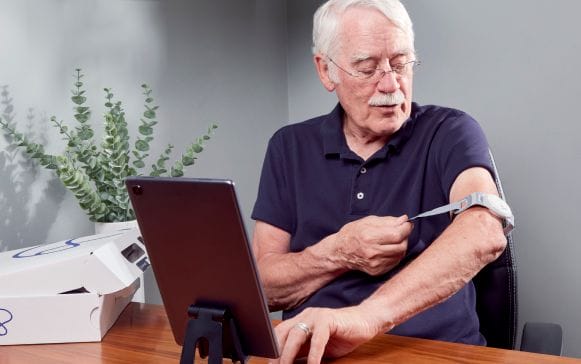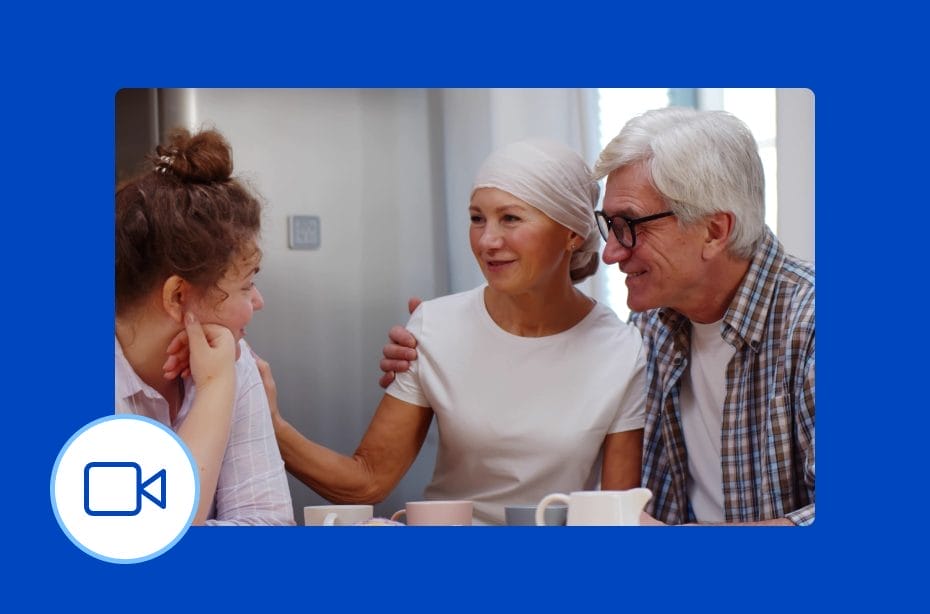Reducing Bed Occupancy Through Virtual Monitoring of Patients with Acute Cholecystitis
The first virtual ward launched in February 2021 at Norfolk and Norwich University Hospitals NHS Foundation Trust (NNUH) was set up to manage respiratory patients at home as an alternative to care in an acute hospital bed. Based on its success, additional clinical pathways have been introduced to allow the expansion of virtual wards, including pre and post-operative management, diabetes care, maternity COVID, palliative care, heart failure, COPD and sepsis management.
Challenge: reliance on inpatient beds to monitor patients with cholecystitis prior to surgery
Patients presenting at NNUH’s emergency department requiring a cholecystectomy are admitted to the hospital where their symptoms are managed until in-patient surgery, or they are well enough to be discharged home.
Aspiration: move pre-operative care to patients’ homes to maximise hospital capacity
NNUH’s virtual ward team aspired to introduce a virtual care pathway for patients with cholecystitis to allow for monitoring and management of symptoms at home until their operation. This would ensure hospital beds were kept free for other patients needing acute hospital care.
Solution: safely monitor and manage patients at home using care-at-home technology
Using Current Health’s care-at-home platform, the team can safely and effectively manage patients with acute and resolving cholecystitis at home. This technology combines a continuous remote patient monitoring device (measuring patients’ vital signs), intelligent patient alarms, telehealth, messaging, surveys and a clinical-facing dashboard. The platform allows for ongoing insight into each patient’s condition and enables the virtual ward team to intervene with patients as needed.
Results
- 150 patients treated on this pathway so far
- Less than 5% of patients have required escalation back to a physical hospital bed whilst awaiting surgery
- Approximately 1000 acute bed days saved in 16 months — a significant reduction in physical in-patient bed occupancy
- 100% of patients on this pathway would use the virtual ward service again if required
- This pathway enables patients to maintain control over their symptoms and optimises pre-operative wellbeing, while continuous monitoring reassures both the patient and the surgical team
“Continuous monitoring ensures our patients are safe at home. We have instant visibility of the condition of our patients which helps us carry out virtual ward rounds more effectively.”
Emily Wells, CNIO, Norfolk and Norwich University Hospitals NHS Foundation Trust
Tips for success
- Enabling staff in acute areas to complete a transfer to the virtual ward and relevant consent improves the flow of patients through the pathway
- Ensuring patients are transferred home with relevant analgesia and anti-emetic medication in addition to symptom management advice reduces the risk of escalation
This case study was originally published in NHS England’s perioperative digital playbook.
Further resources
On-demand webinar: How to build virtual wards that patients and clinicians love
Meet the platform powering virtual wards
Guide: 4 ways virtual wards are benefitting nurses


